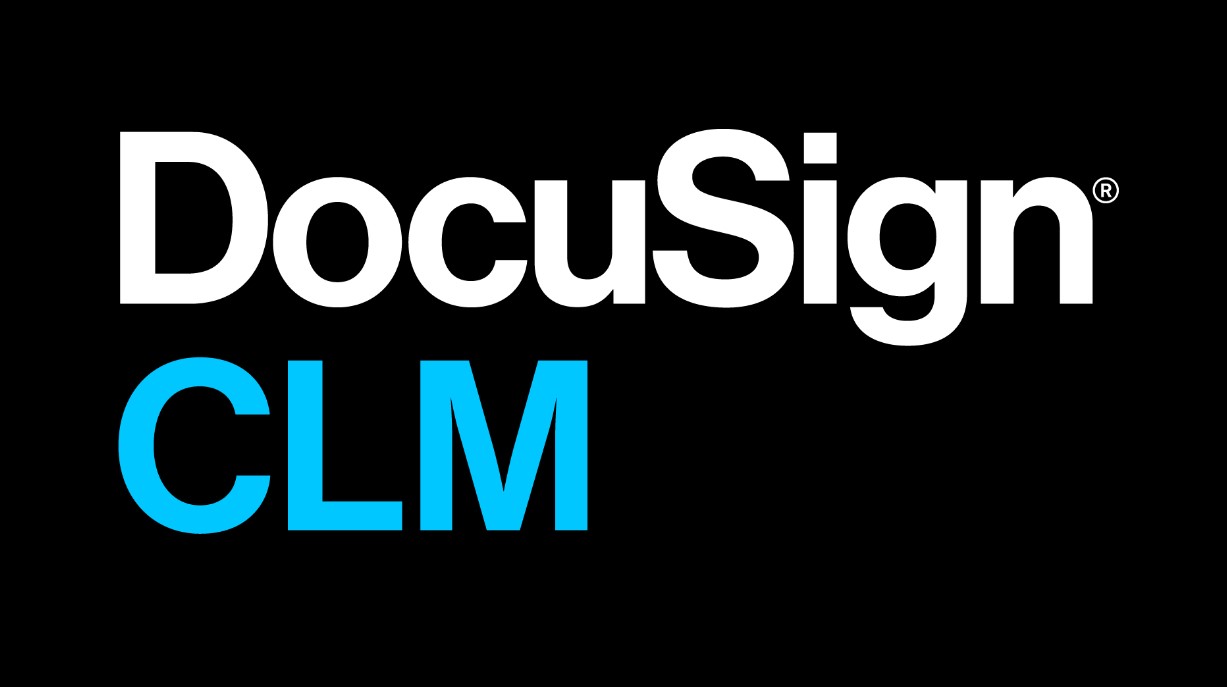Description
Introduction of Adobe AEM CMS for WebOps
Adobe AEM CMS for WebOps is a comprehensive content management solution that empowers organizations to create, manage, and optimize digital experiences across web, mobile, and other channels. This course focuses on how WebOps teams can streamline web content management (WCM) and operations using AEM, helping to improve collaboration, enhance productivity, and create seamless user experiences. Learn the essential features of AEM CMS and how to leverage them for efficient content management, workflows, and continuous integration.
Prerequisites
- Basic knowledge of web content management systems (CMS).
- Understanding of web development and content publishing.
- Familiarity with AEM or other Adobe Experience Cloud tools (optional).
Table of Contents
1. Introduction to Adobe AEM CMS
1.1. Overview of Adobe AEM and its role in WebOps
1.2. Core features of AEM CMS
1.3. Integrating AEM with Adobe Experience Cloud and third-party tools
2. AEM Architecture and Setup
2.1. Understanding the AEM architecture and components
2.2. Setting up and configuring AEM for WebOps
2.3. Integrating AEM with content delivery networks (CDNs) and other systems
3. Content Creation and Management in AEM
3.1. Creating, editing, and organizing content in AEM(Ref: Adobe Audience Manager: Audience Segmentation and Data Management)
3.2. Utilizing AEM’s authoring environment for content creation
3.3. Managing content workflows and approval processes
4. WebOps and AEM Workflow Automation
4.1. Automating content publishing and management workflows
4.2. Streamlining collaboration with content authors, developers, and marketers
4.3. Implementing content review, approval, and versioning workflows
5. AEM for Multichannel Content Delivery
5.1. Delivering content to web, mobile, and other digital channels
5.2. Personalization and targeting with AEM’s experience fragments
5.3. Optimizing content for different devices and platforms
6. AEM for WebOps Monitoring and Analytics
6.1. Monitoring content performance with AEM’s reporting tools
6.2. Integrating AEM with Adobe Analytics for deeper insights
6.3. Tracking content engagement and optimizing content strategies
7. Integrating AEM with DevOps Practices
7.1. Continuous Integration and Continuous Deployment (CI/CD) with AEM
7.2. Version control and code management in AEM
7.3. Deploying updates and features in a WebOps environment
8. Managing Digital Assets in AEM
8.1. Using AEM’s Digital Asset Management (DAM) for media content
8.2. Organizing and tagging assets for easy retrieval and usage
8.3. Managing large-scale digital asset libraries and media files
9. AEM Security and Compliance in WebOps
9.1. Securing AEM environments and content management processes
9.2. Implementing access control and user permissions
9.3. Ensuring compliance with data protection regulations (e.g., GDPR)
10. Best Practices and Optimization in AEM for WebOps
10.1. Performance optimization for AEM websites(Ref: Adobe Experience Cloud: Integrated Marketing and Analytics Solutions)
10.2. Efficient content management and deployment strategies
10.3. Troubleshooting and optimizing WebOps workflows in AEM
11. Case Studies and Real-World Applications
11.1. Successful AEM implementation in WebOps teams
11.2. Industry-specific use cases for AEM CMS in WebOps
11.3. Tips for improving collaboration and productivity with AEM
Conclusion
Adobe AEM is a robust CMS platform that streamlines content management and operational workflows for WebOps teams. By mastering AEM’s capabilities, WebOps professionals can enhance content delivery, automate workflows, optimize user experiences, and improve collaboration across teams. This course equips participants with the knowledge and skills needed to leverage AEM for efficient web content management, empowering organizations to deliver consistent, high-quality digital experiences.







Reviews
There are no reviews yet.